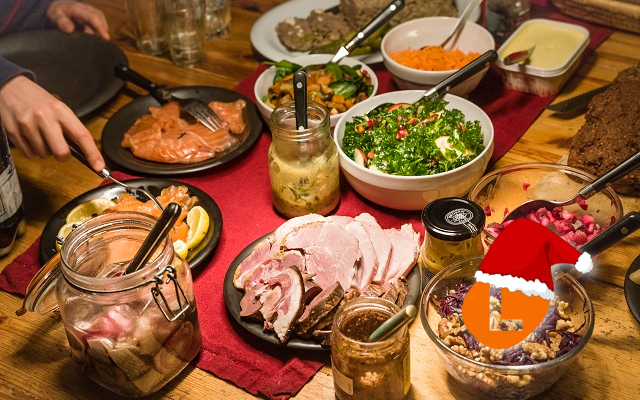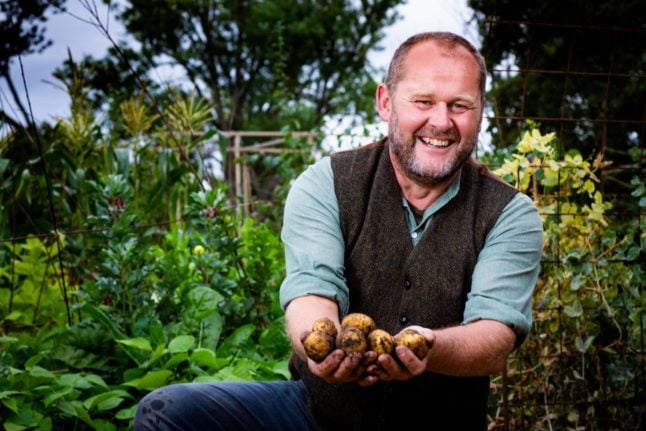The julbord, which literally translates to 'Christmas table', is a Scandinavian tradition with historical roots going all the way back to the time of the Vikings. As Christianity spread through the Nordic countries, the Viking mid-winter feast was reinterpreted as a part of the celebration of Christmas, but it wasn’t until the 1800s that the julbord as we know it today began to emerge.
While the modern julbord is as likely to be enjoyed at a restaurant as in a private home, it hasn’t always been that way. The early julbord was primarily a family event, hosted on or around Julafton (Christmas Eve). Accordingly, 19th century Swedish newspapers are filled with advertisements for caterers and confectioners offering their products and services to hosts. Many of the items common at a modern julbord, such as sweets like pepparkakor and savouries like julbullar (Christmas meatballs), were on offer as established julbord favourites by the mid-1800s.
Outside the home, a children’s julbord was commonly hosted by charitable and other organizations. In December 1867, for instance, Swedish newspaper Dagens Nyheter reported on one that had been hosted at Stora barnhuset, an orphanage in Stockholm. It was “a joyful celebration” during which the children ate julbullar, received a gift, and were allowed to “play, dance and enjoy themselves”.
Though the julbord has always been a celebration, the 19th century feast was more of a religious observance than it is today, as well as a time to think of those less fortunate. This is reflected in many of the stories, poems and letters published in Swedish newspapers.
On December 23rd, 1858, Norrköpings-Kuriren printed a letter from a reader who wrote, “…we all who, with health, set ourselves at the Christmas table and happily light our Christmas lights, let us be grateful to Providence, and not forget that there are many poor who may have no Christmas lights to light, no table to sit at; that many in the sickbed are celebrating their Christmas Eve counting their hours in tears, waiting for the last hour.”
By the early 1900s, it was becoming increasingly common for restaurants to host a julbord on or around Christmas Eve. Gradually, this was extended into the much longer julbord timeframe of today – roughly between late November and early January.
Over time, the julbord evolved along with the Swedish celebration of Christmas itself. As the power of marketing turned glögg from a nice winter drink to a Christmas staple, and the non-alcoholic alternative, Julmust, became the sensation it is today, both of these beverages were integrated into the julbord tradition. As jultidningar faithfully brought the best of Swedish literature and art straight to the doors of Swedish homes, and the age of television transmitted the SVT Julkalendern right into Swedish living rooms, the julbord withstood drastically changing times and successfully transitioned from the old days to the new.
Each day until Christmas Eve, we're looking at the story behind one Swedish festive tradition. Find the rest of our #SwedishChristmas series HERE.




 Please whitelist us to continue reading.
Please whitelist us to continue reading.
Member comments